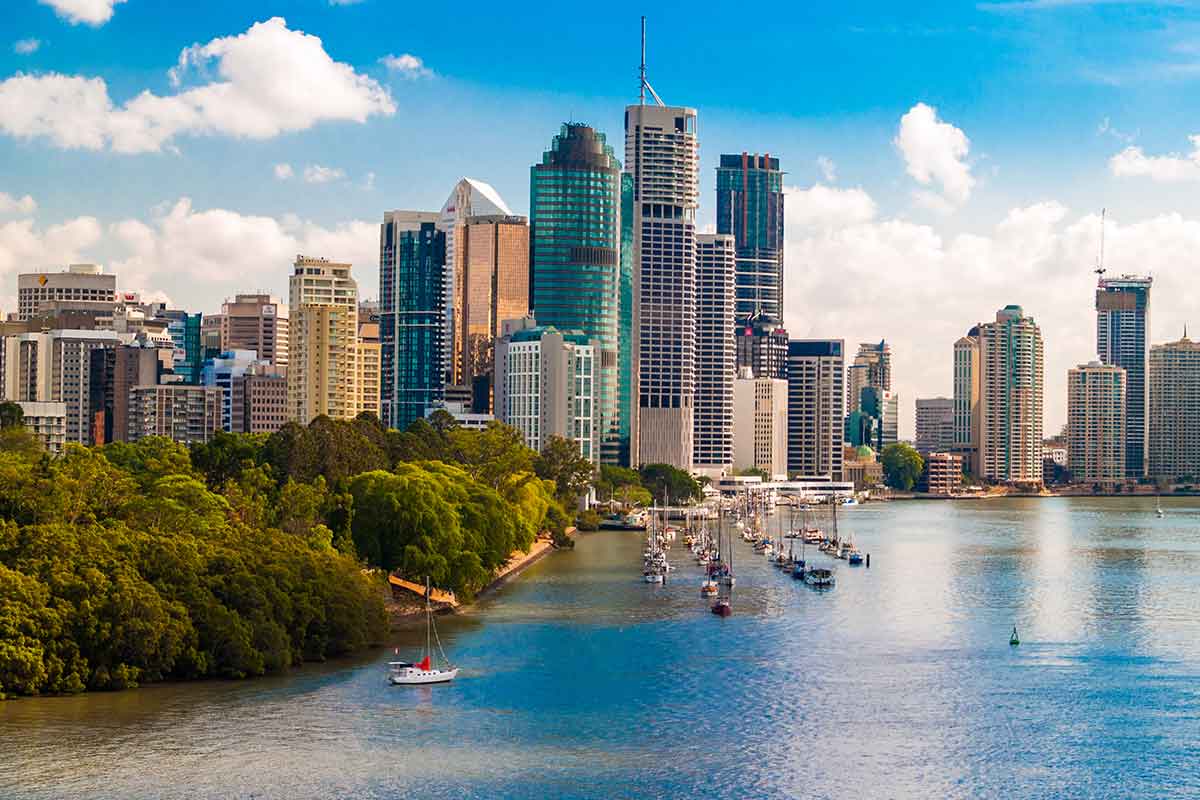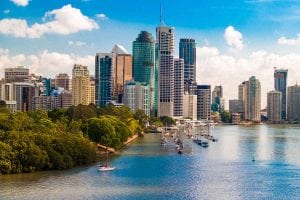
08 Feb Brisbane the Best Performing Capital City?
Could Brisbane Take Over As The Best Performing Capital City Housing Market In 5 Years?
~ Tim Lawless, Head of research, CoreLogic Asia Pacific
Brisbane is well placed to take over as the best performing capital city housing market over the next five years. Dwelling values across Australia’s third largest capital city have risen at the annual rate of 1.2% of the past decade; that’s half the pace of inflation and dramatically lower than Sydney or Melbourne where annual gains have averaged 6.3% and 5.9% over the past ten years.
 Brisbane’s housing market won’t outperform other cities simply because the market has previously underperformed, however the relative gap in pricing between Australia’s largest cities is likely to be one of the factors that attracts housing demand to the city. At the end of November 2017 Sydney house values were 102% higher than Brisbane’s and Melbourne values were 57% higher. Based on median household incomes, Sydney households are earning only 12.9% more than households in Brisbane’s and incomes across Melbourne are actually 0.7% lower than Brisbane’s.
Brisbane’s housing market won’t outperform other cities simply because the market has previously underperformed, however the relative gap in pricing between Australia’s largest cities is likely to be one of the factors that attracts housing demand to the city. At the end of November 2017 Sydney house values were 102% higher than Brisbane’s and Melbourne values were 57% higher. Based on median household incomes, Sydney households are earning only 12.9% more than households in Brisbane’s and incomes across Melbourne are actually 0.7% lower than Brisbane’s.
Clearly households aren’t as affected by affordability in Brisbane as significantly as they are in the larger capitals. This is also visible from more formal affordability measures such as the dwelling price to income ratio and the proportion of household income required to service a mortgage. In Sydney, the dwelling price to income ratio is 9.1 compared with 7.5 in Melbourne and 5.9 in Brisbane. Similarly, the proportion of gross annual household income required to service an 80% LVR mortgage is now 48.4% in Sydney compared with 39.9% in Melbourne and 31.7% in Brisbane.
Importantly, there are a variety of economic and demographic factors that are likely to support improving market conditions across Brisbane including economic and demographic trends as well as a worsening performance across the larger cities of Sydney and Melbourne which will provide a lower relative benchmark for Brisbane.
Population growth from both overseas and interstate is ramping up into Queensland, with the majority of this growth being experienced within the South East corner of the state. Net overseas migration remains well below New South Wales and Victoria, however it’s the highest in a bit more than three years. Net interstate migration is where Queensland is demonstrating its pulling power, attracting the highest number of residents from other states in eight and a half years. Net migrants crossing the state border into Queensland is now the highest of any state, outpacing Victoria for the first time since June 2013.
Higher migration rates implies more demand
for housing which should help
to support an improvement in capital gains
The labour market is also strengthening across Queensland. Jobs growth across the state was the fastest of any state or territory. Based on trend data, the annual rate of jobs growth reached 4.8% over the twelve months ending November 2017, substantially higher than any other region. In raw numbers, 113,000 jobs were created across Queensland over the past year, more than New South Wales (111,000) and Victoria (94,000).
Jobs are an essential component of a healthy housing market and a strong labour force has been a key missing ingredient from the Brisbane housing market up until recently. The improved jobs sector, together with high rates of migration and an affordable mix of housing is a solid recipe for stronger housing market conditions.
Although I’m expecting Brisbane to outperform, at least over the medium term, there are likely to be some headwinds that will prevent a surge in housing values. Credit conditions are much tighter now relative to the period between 2012 and 2016 when Sydney and Melbourne experienced their peak rates of growth. The unit market is also likely to hold back the performance of the housing somewhat due to unprecedented supply of new units over recent years.
Additionally, while mortgage rates are likely to remain around their current historically low setting until around 2019, the cost of debt will eventually move higher which is likely to curb any momentum in the housing market when it eventuates.
Although Brisbane looks primed to experience an improvement in housing market conditions over coming years, I wouldn’t necessarily expect that the rate of growth in Brisbane will reach the heights of those experienced in Sydney and Melbourne over recent years.
All credit to Corelogic for this article

